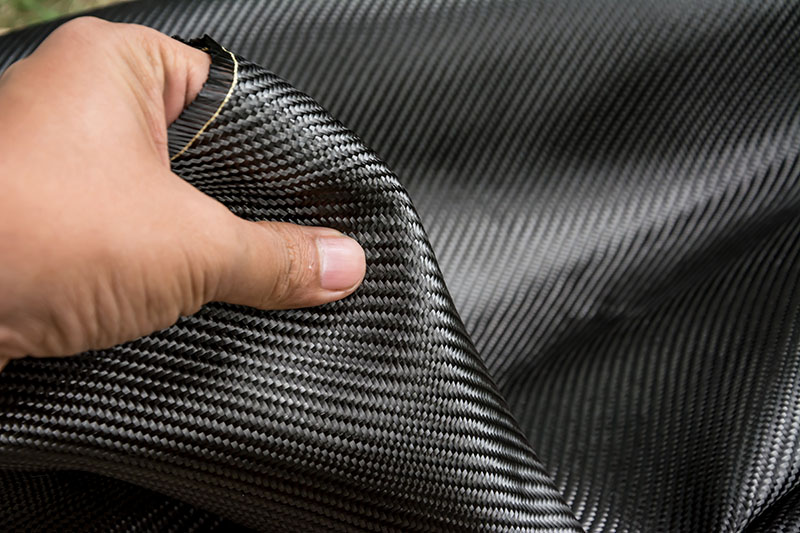Recovering 100% of carbon-fibre-reinforced polymer
A closed-loop path for synthesising carbon-fibre-reinforced polymer and recovering all its starting materials has been designed at the US Oak Ridge National Laboratory.

The researchers have dynamically crosslinked a thermoplastic polymer for breakable chemical bonds, and added a crosslinker for thermoset material properties without the permanent crosslinking of conventional thermosets.
This composite is reprocessable many times, says the team, and 5% crosslinking is better than 50%, as too much makes it brittle.
Synthetic Polymer Chemist Md Anisur Rahman describes using a triblock commodity thermoplastic elastomer – SEBS – containing 30mol% of styrene for synthesis. S-Bpin polymer was synthesised from SEBS via an aromatic C-H borylation reaction following their recent method. Then they used a multi-diol crosslinker tris-diol, from a tri-epoxy.
The study – Tough and recyclable carbon-fiber composites with exceptional interfacial adhesion via a tailored vitrimer-fiber interface reporting in Cell Reports Physical Science – describes how the tetrahydrofuran (THF) solution of S-Bpin and the multi-diol crosslinker are mixed at room temperature and dried under reduced pressure at 120°C, before being hot pressed at 200°C with ~1t of pressure to be cured into resin films.
The team reports their CFRP has a very strong interfacial adhesion with 248% more toughness than a traditional epoxy CFRP, is nearly twice as strong as a conventional epoxy, and has tensile strength of 713MPa – the highest among similar FRPs. The tensile strength and modulus are roughly similar after three recycling phases.
To recycle the CFRP, it is soaked in a 60°C solution of pinacol alchohol and THF overnight in a sealed beaker with continuous stirring. The three carbon fibre layers are removed, rinsed with THF and methanol for reuse.
The team claims to recover 100% of the crosslinker, polymer and fibre, and says the material quckly thermosets, shows self-adhesive behaviour and repairs microcracks in the composite matrix.







